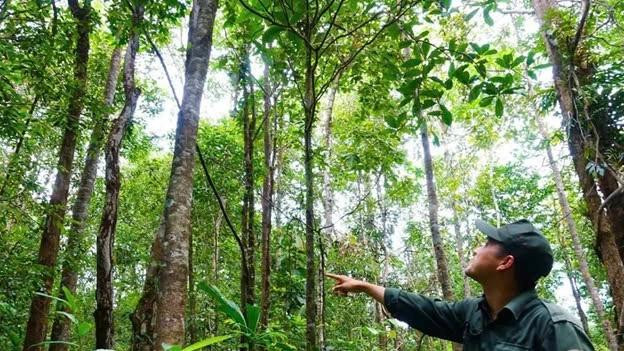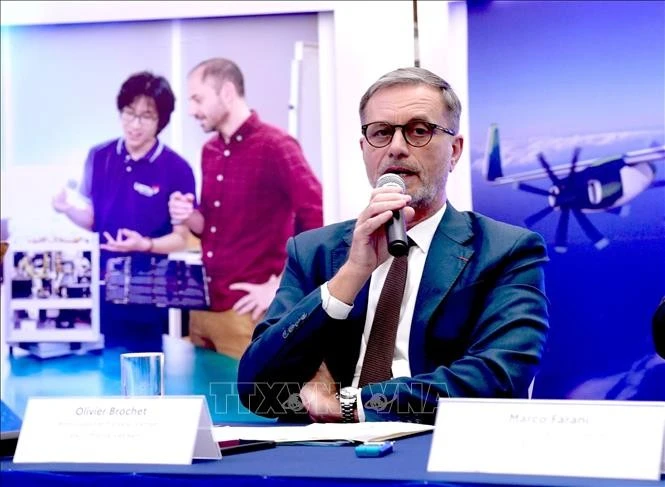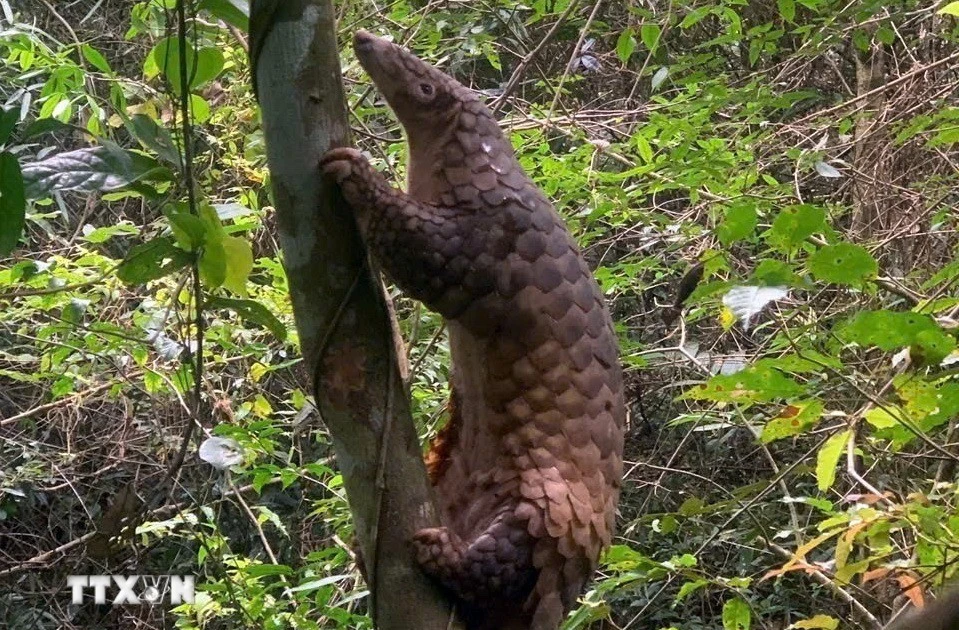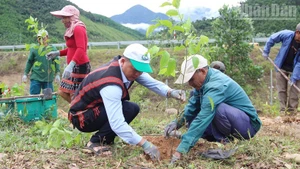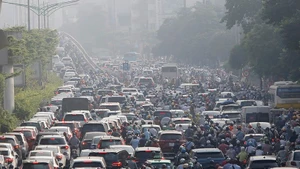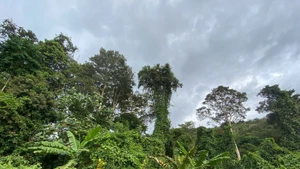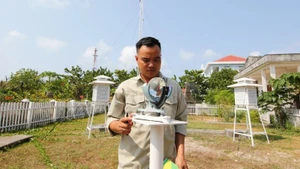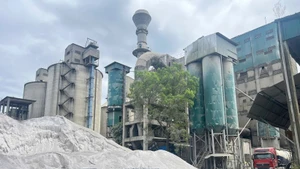According to the Southern Sub-Institute of Forest Inventory and Planning and the Institute of Ecology and Biological Resources, Phu Quoc’s forests are home to over 1,397 species of plants and 490 species of animals. The area has also been recognised by UNESCO as a world biosphere reserve. Despite its rich biodiversity spread across a vast area, recent rapid socio-economic development has significantly affected forest management and protection efforts on the island.
A diverse forest ecosystem
According to the Southern Sub-Institute of Forest Inventory and Planning and the Institute of Ecology and Biological Resources, vegetation on Phu Quoc Island is distributed across three ecosystems, each characterised by different topography and soil conditions: the ecosystem of tropical moist broadleaf rainforests, the ecosystem of acid sulphate waterlogged forests, and the ecosystem of mangrove forests. Currently, forests in Phu Quoc National Park are also divided into three zones: strictly protected, ecological restoration, and administrative-service zones. The strictly protected zone, located in the Hon Chao mountain area, is the most intact and strictly guarded area on the island. Entry is almost completely restricted; even scientific research requires official approval. This zone harbours a diverse ecosystem, including hundreds of endangered and rare plant and animal species such as the Indochinese silvered langur, Nycticebus coucang, and Paphiopedilum callosum.
Forest protection forces regularly plan patrol routes suitable for each ecosystem’s terrain, whether by foot, motorbike, or boat. Patrol frequency increases during the rainy season due to heightened risks of illegal hunting, logging, and forest exploitation.
Le The Son, Head of the Rach Tram Forest Protection Team, said that whenever there are traces of rare wildlife or unusual signs, the patrol team pays close attention to early detection and coordinates with relevant agencies to implement timely protection measures.
The Southern Sub-Institute of Forest Inventory and Planning, in collaboration with the Institute of Ecology and Biological Resources, once recorded that Phu Quoc Forest is home to over 1,397 plant species and 490 animal species. The area has also been recognised by UNESCO as a World Biosphere Reserve.
Additionally, the Ecotourism and Wildlife Rescue Centre has collaborated to track and document the presence of rare species listed in the Viet Nam Red Book, such aonyx cinereus and lutrogale perspicillata, living naturally in Phu Quoc’s forests. The centre also works to conserve mangrove ecosystems, such as the rare and critically endangered lumnitzera littorea. Recently, the forest rescue team received and transferred 45 individual animals, including turtles, snakes, and monitor lizard, voluntarily handed over by residents, to conservation facilities for breeding and re-release into the wild. The unit is also enhancing efforts to study and conserve the genetic resources of endangered species and compile a list of threatened animal species to help protect the island’s biodiversity.
Preserving and restoring natural forests alongside biodiversity conservation is a crucial task in the fight against climate change and achieving the Net-Zero target by 2050. However, economic development has often come into conflict with conservation efforts, leading to a reduction in forest area, negatively impacting biodiversity, and causing the habitats of certain species to shrink, pushing them towards the brink of extinction.
With forests covering tens of thousands of hectares, crisscrossed by roads and interspersed with residential areas and isolated households, conservation and forest development face major challenges.
Seeking sustainable conservation and development
In practice, issues regarding compensation and enforcement authority are ongoing obstacles in forest ecosystem protection. Of the 25 reported violations transferred to local commune and ward-level people’s committees, only three have resulted in administrative fines totalling 218 million VND, of which just 4 million VND has been collected. Several cases could not be handled due to perpetrators leaving the area or being too impoverished to address the consequences. This reflects how enforcement continues to lag behind violations.
Forest and ecosystem protection efforts are also hampered by some regulations. For example, building a simple fire prevention shelter with a well during the dry season can take months of paperwork, often completed only when the rainy season has already arrived. Consequently, many development projects in Phu Quoc remain small-scale and insufficient for sustainable forestry growth.
Nguyen Van Tiep, Director of Phu Quoc National Park, emphasised that for socio-economic development to go hand-in-hand with forest ecosystem conservation, it is essential to ensure effective social management. This includes policies to attract human and financial resources to Phu Quoc while strictly controlling social disorder, deforestation, and wildlife hunting.
Phu Quoc has no official forest entry points, and residential areas often overlap and interweave with forests from the central road to the fringes. Therefore, to achieve sustainable conservation, it is essential to support forest-adjacent communities in securing stable livelihoods. Past relocation schemes often failed because residents returned to the forests once compensation funds ran out due to the lack of alternative income. It is also vital to raise awareness among officials and citizens about the importance of forest protection and biodiversity conservation.
Since 2024, the forest management force at Phu Quoc National Park has conducted 6,281 patrols and raids, identifying and reporting 79 violations to the authorities. Of these, 54 cases were transferred to the Phu Quoc City Forest Ranger Unit, resulting in over 225 million VND in fines and two criminal cases referred to the police for investigation.
